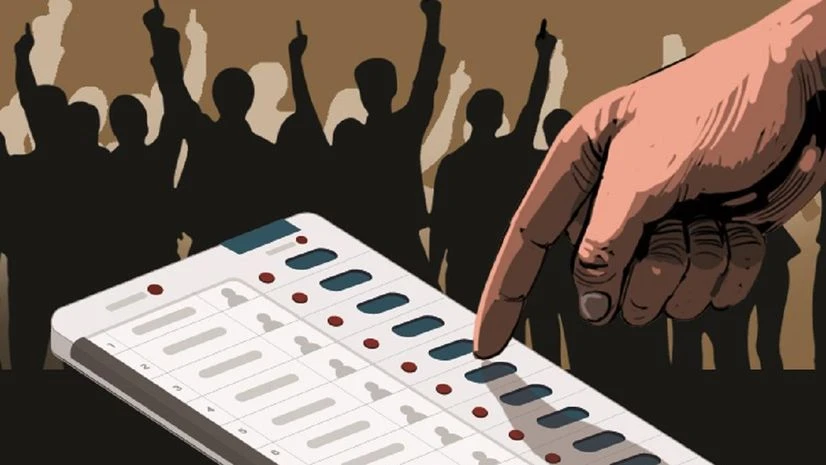The number of political parties trying their luck in Indian general elections has seen an exponential rise over the years, but their prospects of securing seats in the Parliament have dwindled.
Around 39 parties found a place in Parliament in 1998. This was the equivalent of 22.2 per cent of the 176 contesting parties, shows a Business Standard analysis of data from Ashoka University’s Trivedi Centre for Political Data.
The year 2019 saw participation of a total of 671 parties in the general elections. Out of this, less than 40 parties found representation in Parliament. The share of contesting parties which achieved representation has accordingly come down to 5.4 per cent.
More parties have begun contesting the elections, with an increase by 45 per cent between the previous election in 2014, and the election conducted in 2019.
However, representation has been in decline.
The top five states with the most number of parties contesting for Lok Sabha seats include Uttar Pradesh (198), Bihar (116), Maharashtra (94), Madhya Pradesh (77) and Karnataka (62).
More From This Section
The share of political parties which find representation among these five states was less than six per cent in 2019.
Parties in the bottom five states in terms of the number of Lok Sabha contestants have better chances of making it to Parliament.
The bottom five include Goa (five parties), Meghalaya (4), Daman and Diu (3), Mizoram (3) and Nagaland (3).
One in three parties in the last three states have been successful. The share of successful parties among those contesting in Goa was 40 per cent, while it was 50 per cent in Meghalaya.
This is in contrast to the trend seen in earlier decades.
The 1960s saw fewer than 30 parties contesting general elections. Three-quarter of them found themselves in Parliament. The number of contesting parties first crossed 100 in 1989 when 113 parties contested. Around 21.2 per cent of them were successful in finding representation in the Lok Sabha.
This share fell to single-digit levels for the first time in the available data in 2014 when it was at 7.5 per cent. The Narendra Modi government came to power with the highest majority in decades in 2014.

)
